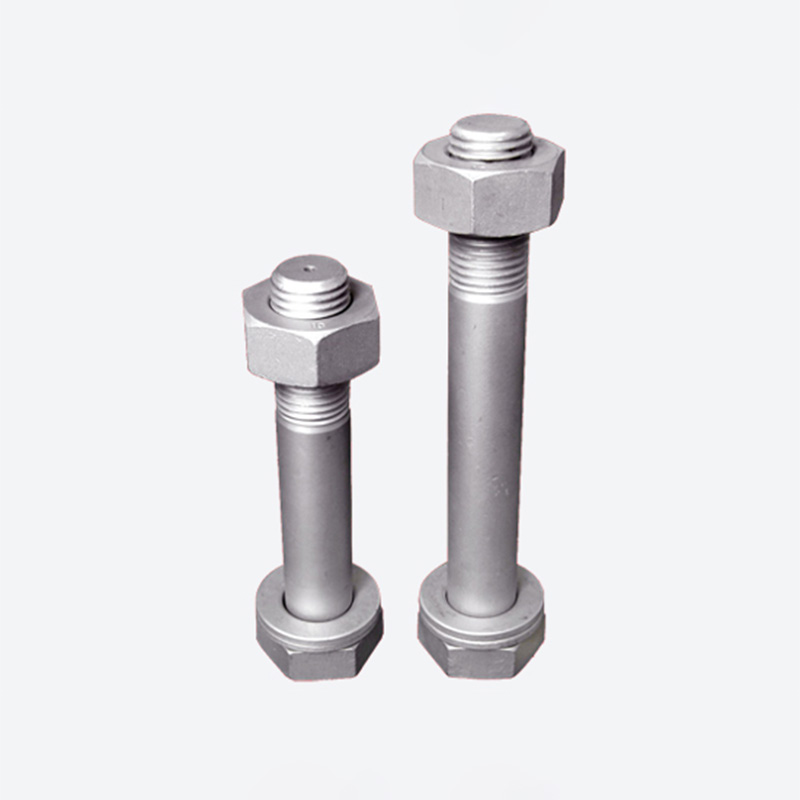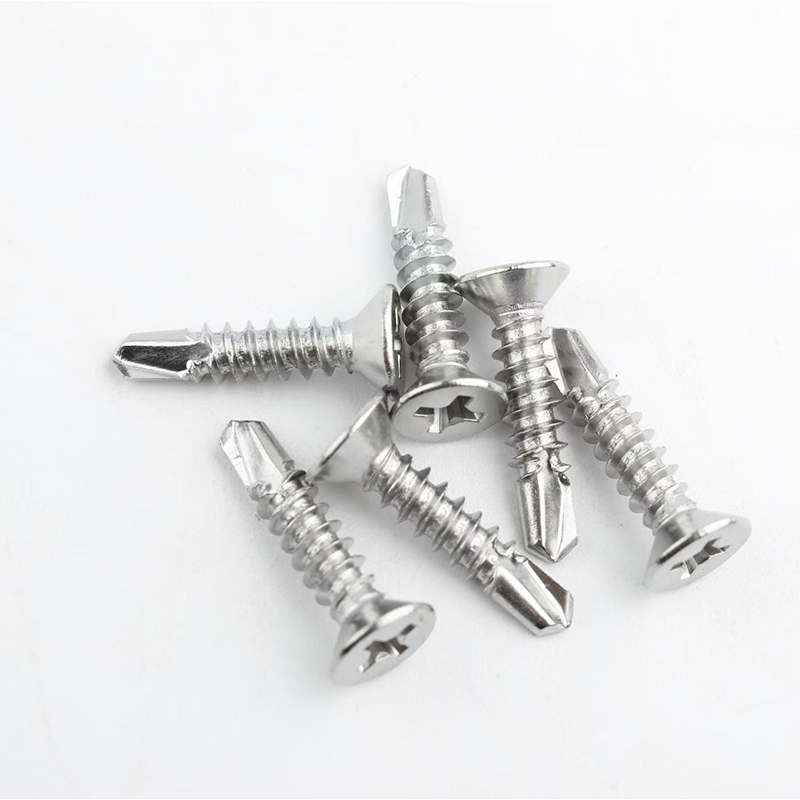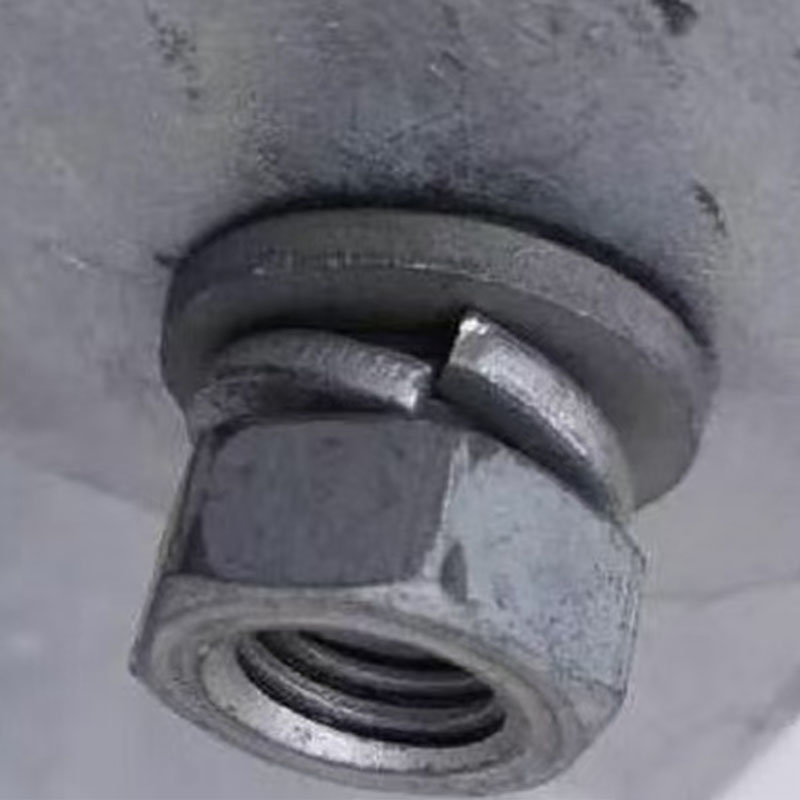- English
- Chinese
- French
- German
- Portuguese
- Spanish
- Russian
- Japanese
- Korean
- Arabic
- Irish
- Greek
- Turkish
- Italian
- Danish
- Romanian
- Indonesian
- Czech
- Afrikaans
- Swedish
- Polish
- Basque
- Catalan
- Esperanto
- Hindi
- Lao
- Albanian
- Amharic
- Armenian
- Azerbaijani
- Belarusian
- Bengali
- Bosnian
- Bulgarian
- Cebuano
- Chichewa
- Corsican
- Croatian
- Dutch
- Estonian
- Filipino
- Finnish
- Frisian
- Galician
- Georgian
- Gujarati
- Haitian
- Hausa
- Hawaiian
- Hebrew
- Hmong
- Hungarian
- Icelandic
- Igbo
- Javanese
- Kannada
- Kazakh
- Khmer
- Kurdish
- Kyrgyz
- Latin
- Latvian
- Lithuanian
- Luxembou..
- Macedonian
- Malagasy
- Malay
- Malayalam
- Maltese
- Maori
- Marathi
- Mongolian
- Burmese
- Norwegian
- Pashto
- Persian
- Punjabi
- Serbian
- Sesotho
- Sinhala
- Slovak
- Slovenian
- Somali
- Samoan
- Scots Gaelic
- Shona
- Sindhi
- Sundanese
- Swahili
- Tajik
- Tamil
- Telugu
- Thai
- Ukrainian
- Urdu
- Uzbek
- Vietnamese
- Welsh
- Xhosa
- Yiddish
- Yoruba
- Zulu
- Kinyarwanda
- Tatar
- Oriya
- Turkmen
- Uyghur

१ १/४ ड्राईवाल स्क्रूको इको-प्रभाव के हो?
२०२५-०८-१९
ए जत्तिकै सानो चीजको पारिस्थितिक पदचिह्नलाई बेवास्ता गर्न सजिलो छ drywall पेंच। तर हामीले गर्ने हरेक भौतिक छनोट, जतिसुकै सानो जस्तो लागे पनि, वातावरणीय प्रभावहरू बोक्छ। स्क्रूको संसारमा डुबौं र यो नम्र घटकले कस्तो प्रकारको प्रभाव पार्न सक्छ भनेर अन्वेषण गरौं।
आधारभूत कुराहरू बुझ्दै
छलफल गर्दा drywall स्क्रू, विचार गर्ने पहिलो कुरा सामग्री हो। सामान्यतया, यी पेंचहरू मध्यम-कार्बन स्टीलबाट बनेका हुन्छन्। स्टील उत्पादन, हामीलाई थाहा छ, ऊर्जा-गहन हो, कार्बन उत्सर्जनमा महत्त्वपूर्ण योगदान गर्दछ। त्यसोभए प्रश्न यो छ: पर्यावरणीय प्रभावको ठूलो योजनामा यस्ता साना वस्तुहरूको उत्पादन कसरी जम्मा हुन्छ?
स्टिलमा अत्यधिक पुन: प्रयोगयोग्य हुने फाइदा छ। यद्यपि, हरेक स्क्रूले पुन: रिसाइक्लिंग लूपमा आफ्नो बाटो फेला पार्दैन। यसको सामना गरौं, पर्याप्त संख्या ल्यान्डफिलहरूमा समाप्त हुन्छ। व्यावसायिक परिप्रेक्ष्यबाट, त्यो कार्बन फुटप्रिन्ट कम गर्नका लागि राम्रो रिसाइक्लिंग विधिहरू सुनिश्चित गर्नु महत्त्वपूर्ण छ। सुधारिएको संकलन प्रक्रिया र उपभोक्ता सचेतना जस्ता विधिहरू सही दिशामा पाइने कदमहरू हुन्।
हान्डन शेंगटोङ फास्टनर निर्माण कं, लि फास्टनर उद्योग मा विस्तृत अन्तर्दृष्टि प्रदान गर्दछ। निर्माण प्रक्रियाहरूमा दिगोपनमा उनीहरूको जोडले व्यापक उद्योग प्रवृत्तिहरू प्रतिबिम्बित गर्दछ। सामग्री दक्षता बुझ्न चाहनेहरूका लागि यो उपयोगी स्रोत हो।
उत्पादन प्रक्रियाहरू
कारखाना सेटिङमा, चिसो गठनको प्रक्रिया यी पेंचहरू बनाउनको लागि मानक हो। यो प्रविधि परम्परागत तातो फोर्जिङ विधिहरू भन्दा कम ऊर्जा खपत छ। तर, यहाँ पनि व्यापार-व्यवसायहरू छन्। चिसोले ऊर्जा घटाउँछ तर विशेष स्नेहक र सफाई रसायनहरूको आवश्यकता बढाउन सक्छ। यी प्रत्येकले वातावरणीय चुनौतीहरूको आफ्नै सेट बोक्छ।
म एउटा घटना सम्झन्छु जहाँ एक ब्याचले चिसो गठन प्रक्रियामा असंगतताको कारण शक्ति विशिष्टताहरू पूरा गर्न असफल भयो। यसले सावधानीपूर्वक गुणस्तर नियन्त्रणको आवश्यकतालाई रेखांकित गर्दछ, जसले अनजाने रूपमा स्रोतको उपयोग बढाउँछ यदि राम्रोसँग व्यवस्थित गरिएन भने।
पोस्ट-उत्पादन, यी स्क्रूहरू सामान्यतया खिया रोक्नको लागि लेपित हुन्छन्। कोटिंग प्रक्रिया प्रायः जस्ता वा अन्य रसायनहरू प्रयोग गर्दछ जुन सबैभन्दा पर्यावरण-मैत्री छैन। पानीमा आधारित कोटिंग्स जस्ता विकल्पहरू उदाइरहेका छन्, तर तिनीहरू अझै परीक्षण चरणमा छन् र अझै व्यापक रूपमा अपनाएका छैनन्।
यातायात विचारहरू
वातावरणीय पदचिह्न मूल्याङ्कन गर्दा रसदलाई बेवास्ता गर्न सकिँदैन। यसको बारेमा सोच्नुहोस्: यी स्क्रूहरू उत्पादन सुविधाहरूबाट विश्वभरका प्रयोगकर्ताहरूका लागि ढुवानी गर्दा उत्सर्जनमा योगदान पुग्छ। बल्क ढुवानीले यसलाई केही हदसम्म कम गर्न सक्छ, तर त्यहाँ थप काम गर्न बाँकी छ।
एक अनुभवी आँखाले त्यो लजिस्टिक चेनलाई अनुकूलन गर्ने तरिकाहरू खोज्छ। यसमा कम्प्याक्ट प्याकेजिङ्गमा ढुवानी गर्ने र यात्रा दूरीहरू ट्र्याक गर्ने र कम गर्ने प्रविधिहरू प्रयोग गर्ने जस्ता रणनीतिहरू समावेश छन्।
एउटा किस्सा: क्षेत्रीय आपूर्तिकर्तामा स्विच गर्दा एक पटक परियोजनाको लागि महत्त्वपूर्ण यातायात शुल्क र उत्सर्जनहरू हट्यो। यसले कच्चा मालको छनोटसँगै रसदको मूल्याङ्कन गर्ने महत्त्वलाई झल्काउँछ।
स्थापना र उपयोग
स्थापनाकर्ताहरूले आफैंले समग्र वातावरणीय दक्षतालाई असर गर्न सक्छन्—प्रति पानाको सही मात्रामा स्क्रू प्रयोग गरेर, फोहोर कम गर्नको लागि सही स्थापना अभ्यासहरू सुनिश्चित गर्ने, इत्यादि। प्रयोगको चरणमा साना असक्षमताहरूले हजारौं परियोजनाहरूमा वातावरणीय लागतलाई जोड दिन्छ।
यो पढ्ने ठेकेदारको लागि: प्रयोगलाई अनुकूलन गर्न उपकरण क्यालिब्रेसन र प्रशिक्षणलाई विचार गर्नुहोस्। राम्रोसँग राखिएको स्क्रूले असफलता र फोहोरलाई कम गर्छ, तयार उत्पादनको दीर्घायु र स्थिरतामा योगदान पुर्याउँछ।
यी व्यावहारिक चरणहरू उचित मार्गदर्शनमा निर्भर हुन्छन् र कहिलेकाहीँ परम्परागत अभ्यासहरूमा परिवर्तन आवश्यक हुन्छ, जुन सधैं रातारात हुँदैन।
जीवनको अन्त्य: रिसाइकिलिंग र डिस्पोजल
तिनीहरूको जीवनचक्रको अन्त्यमा, यी स्क्रूहरू पुन: प्रयोग गर्न चुनौतीपूर्ण रहन्छ। तिनीहरूलाई मिश्रित फोहोरबाट अलग गर्नु पहिलो बाधा हो। Handan Shengtong जस्ता सुविधाहरूले रिसाइक्लिंग विकल्पहरूको उद्योग-व्यापी जागरूकतालाई बढावा दिन, जीवनको अन्त्य समाधानहरूमा ध्यान केन्द्रित गर्न थालेको छ।
भर्खरै, इलेक्ट्रोमग्नेटहरू र उन्नत क्रमबद्ध प्रविधिहरू समावेश गर्ने नयाँ विधिहरूले प्रतिज्ञा देखाउँदै आएको छ। यस क्षेत्रले समग्र फोहोर कम गर्न यी क्षेत्रमा लगानी जारी राख्न आवश्यक छ।
म एउटा परियोजना सम्झन्छु जहाँ हामीले सानो धातु कम्पोनेन्टहरूमा विशेषज्ञता प्राप्त गर्ने रिसाइक्लरसँग सफलतापूर्वक साझेदारी गर्यौं। यसले वातावरणीय प्रभावमा साँच्चिकै डेन्ट बनाउन आपूर्ति श्रृंखलामा सहकार्यको महत्त्वलाई जोड दियो।
निष्कर्ष
नम्र ड्राईवाल पेंचको पारिस्थितिक प्रभावलाई कम गरिनु हुँदैन। उत्पादनदेखि लिएर जीवनको अन्त्यसम्मको डिस्पोजलसम्म, प्रत्येक चरणले वातावरणीय हानि कम गर्ने छनौट गर्ने अवसर प्रदान गर्दछ। यी कुरालाई विचार गरेर पर्यावरण मैत्री रणनीतिहरू र उद्योग सहयोगलाई बढावा दिँदै, हामी सामूहिक रूपमा दिगो फरक बनाउन सक्छौं, 1 1/4 ड्राईवाल स्क्रू जस्तो सानो जस्तो देखिने कुरामा पनि।









